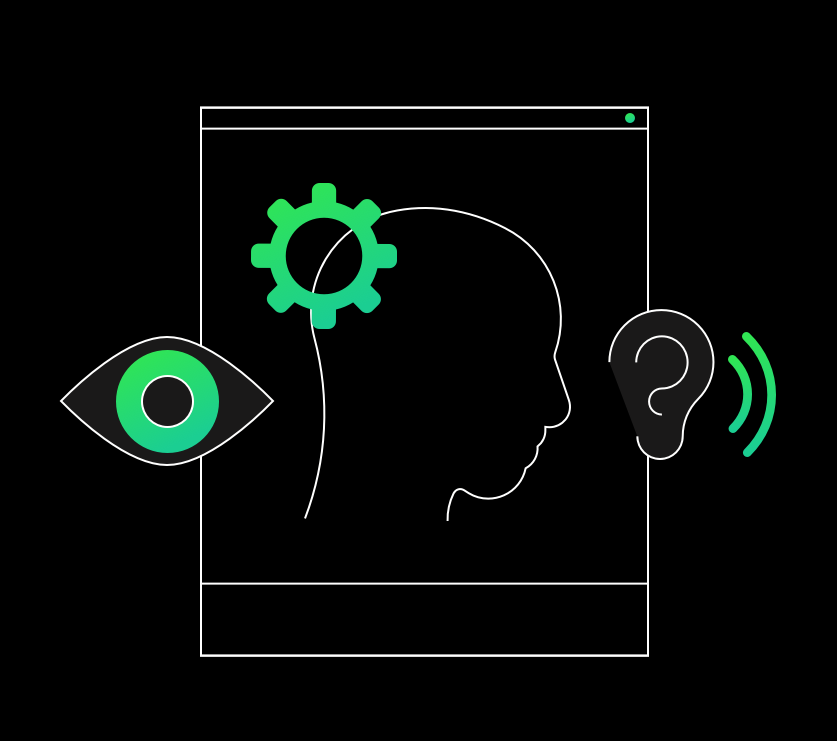Data from the recent national survey, Greystone Engage Survey Series 2019: ADA Compliance, shows that nearly 81 percent of respondents considered web accessibility “important” or “very important” to their healthcare organizations. Likewise, 79 percent answered “yes” to the question: Has your organization implemented any ADA Compliance guidelines in accordance with W3C recommendations?
At first glance, such high survey numbers are great news. They indicate a keen awareness of website accessibility as a crucial healthcare initiative. But dig deeper and a few cracks start to appear.
Moreover, the digital accessibility discussions within many organizations may not extend much further than their websites. Interestingly, 50 percent to 70 percent of the respondents answered “not compliant” or “unsure” to the question: How ADA Compliant is your organization’s mobile app and other properties beyond the website…?
So here’s the takeaway: The vast majority of healthcare organizations are starting to address website accessibility. The next step is to progress beyond just the website to ensure all digital assets comply with both the letter and the intent of the accessibility standards.
Read the full article posted in eHealthcare strategy and trends: Digital Accessibility: Why It Should Be a Matter of Culture, Not Compliance
Health Providers, Experience
Why Digital Accessibility Is a Crucial Component of Patient Care
At the human level, digital accessibility is a crucial facet of patient-centered care. It should be as hardwired into healthcare organizations as HIPAA. Today, we have the opportunity to view digital accessibility not as a compliance or business issue, but as a means to build a culture of accessibility within our healthcare organizations.
BY: Keir Bradshaw | EVP, Solutions
PUBLISHED: 12/6/2019

